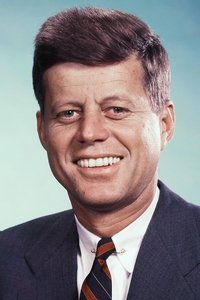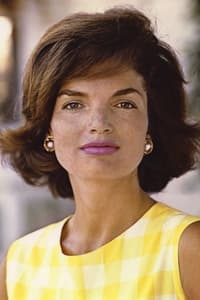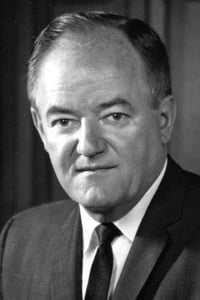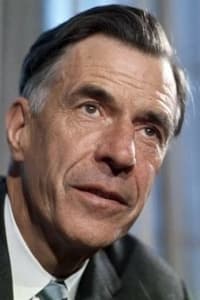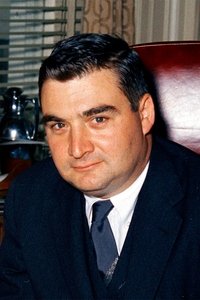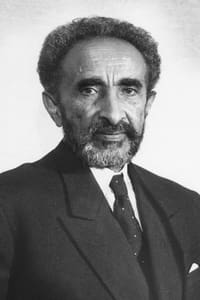Adventures on the New Frontier
Genres
DocumentaryTV Movie
OverView
A look at the daily business of U.S. President John F. Kennedy, with a focus on some of the political issues he faces six weeks into his term. Preserved by the Academy Film Archive in 2007.
Others
Budget
$--
Revenue
$--
Status
Released
Original Language
English
Runtime
52 mins
Rating
5.5/10
Release Date
28 March 1961
Country
United States of America



